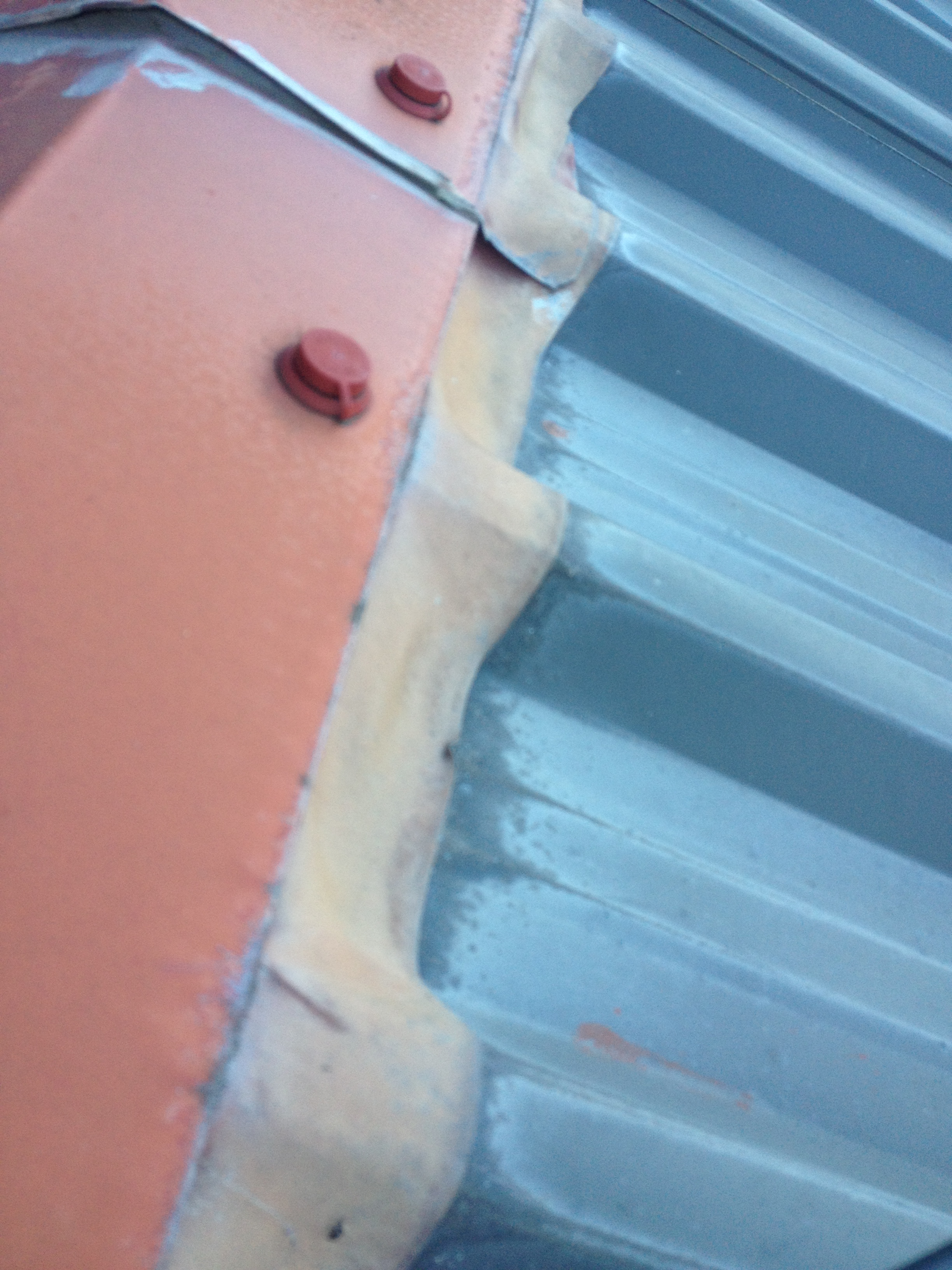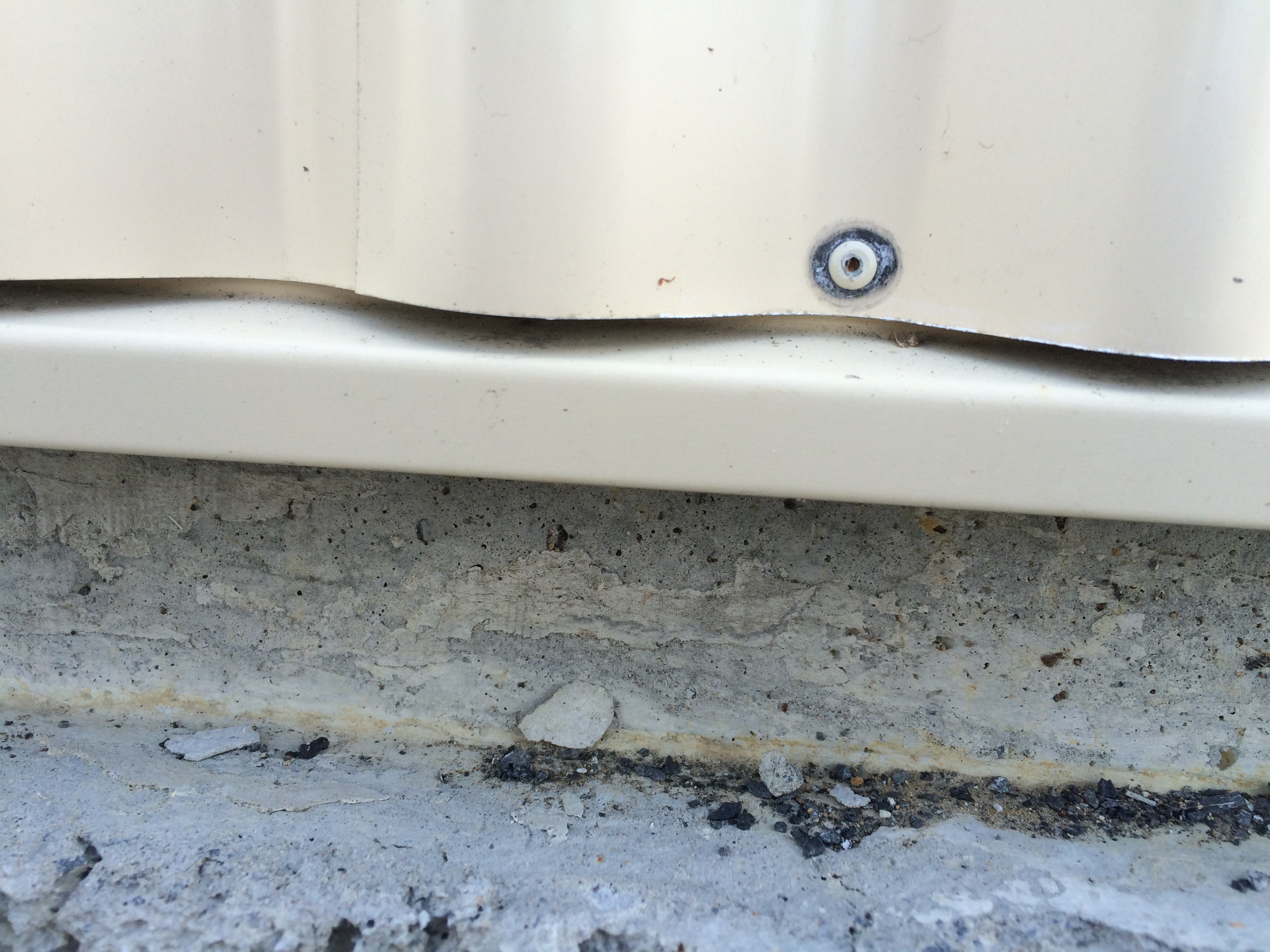Dissimilar Metals
A component which may appear suitable may prove unsatisfactory in service because it is incompatible with another material or substance in contact with it.
This incompatibility can occur when the metals are in electrolytic contact or when water from one metallic surface discharges onto another. When a noble metal dissolves in water and flows over a less noble one, the more noble metal deposits on the less noble metal and create corrosion conditions.
Galvanic Series
| Magnesium | Active (Anode) |
| Zinc | |
| Galvanised Steel | |
| Aluminium | |
| Mild Steel | |
| Cast Iron | |
| Lead | |
| Brass | |
| Copper | |
| Bronze | |
| Monel | |
| Nickel (passive) | |
| Stainless Steel 304 (passive) | |
| Stainless Steel 316 (passive) | |
| Silver | |
| Titanium | |
| Gold | |
| Graphite | |
| Platinum | Noble (Cathode) |
| The similarity of metals is indicated by their relative position in the galvanic series. The more dissimilar the metals, the greater the corrosion potential in a galvanic circuit | |
Generally, run-off from metals higher on the table to those lower will not cause corrosion, but run-off in the other direction may do so.
Metals such as aluminium, stainless steel, and Zincalume® form an inert surface that does not produce soluble salts and run-off from them will not result in dissimilar metal corrosion. However, because these surfaces are inert, potential for run-off to create inert catchment corrosion on unpainted zinc or galvanised steel must be considered.
Lead in Contact with AZ
Cladding in Contact with Stainless Steel Rivet
Where the use of dissimilar metals is unavoidable, a non-absorbent inert material can be used as an electrolytic separator. Long-term corrosion resistance depends on the separation remaining effective.
Examples of separation materials are inert plastic tapes, polythene or silicone sealant, and in the case of fasteners an EPDM sealing washer.
Where gutters and spouting are made from materials incompatible with the roof cladding, there can be contamination from immersion of the sheet ends if the gutter is poorly drained. Special provisions, such as ensuring there is a 10 mm drainage gap between spouting and fascia should be made to avoid immersion of coated steel roofing into copper gutters. Discharging the gutter into a rain head with a leaf deflector can also help. Low front spouting can be considered, but that creates aesthetic issues and may contribute to early corrosion in marine areas. No part of copper gutters should be in contact with coated steel roofing or flashings.
- Log in to post comments


